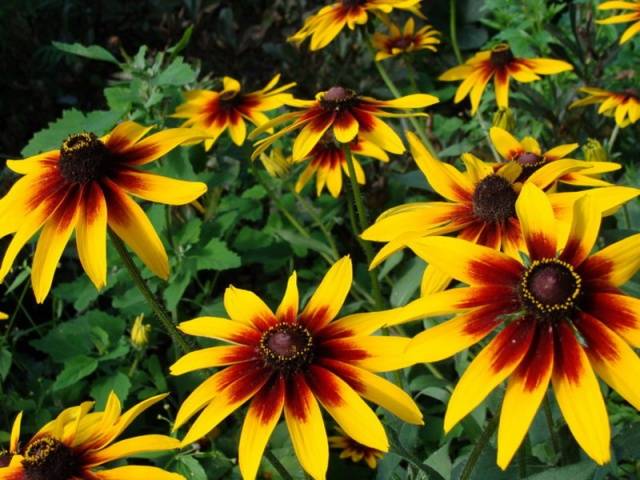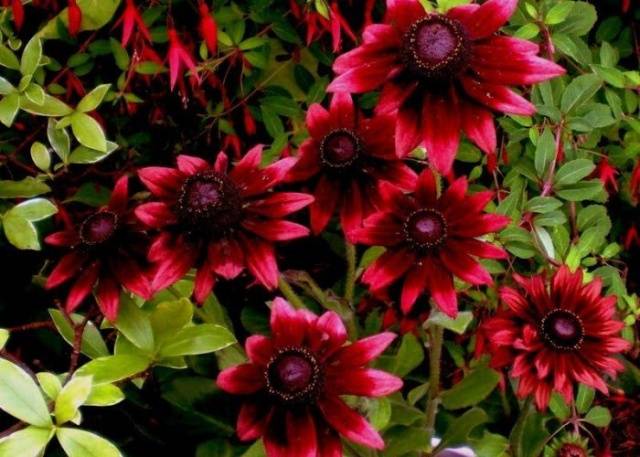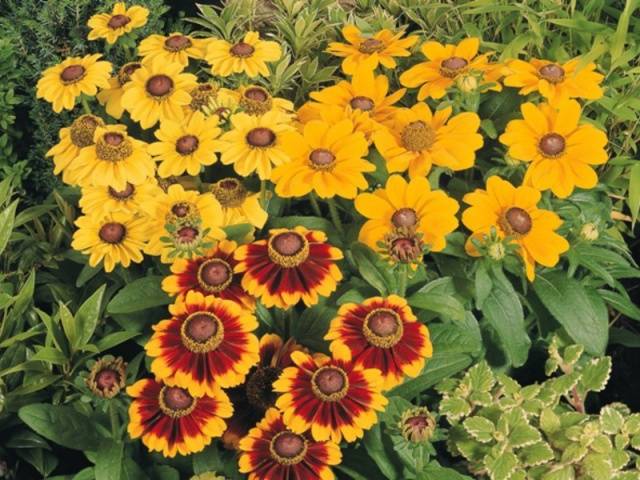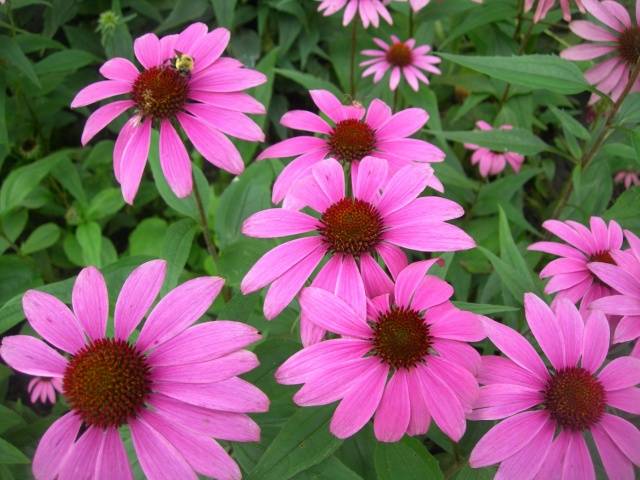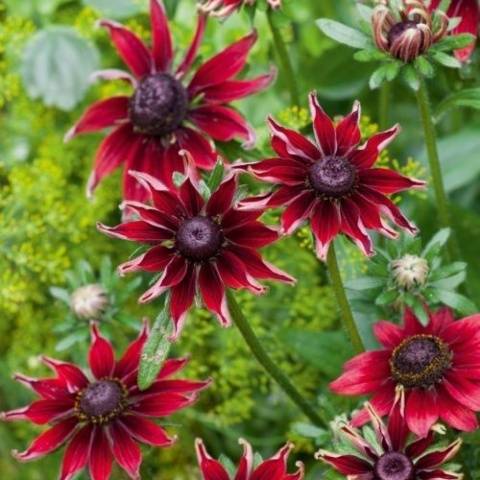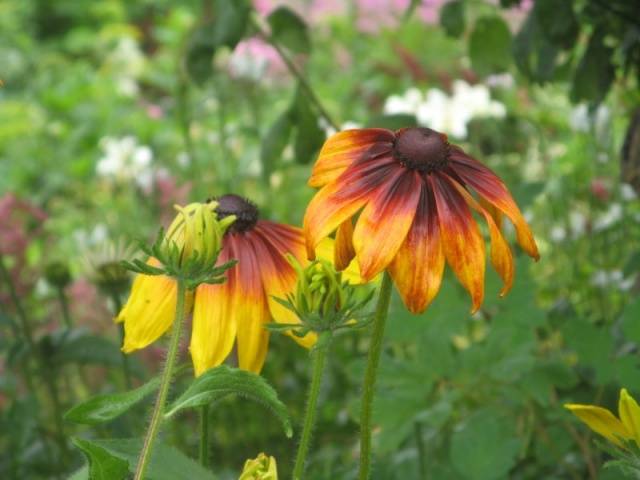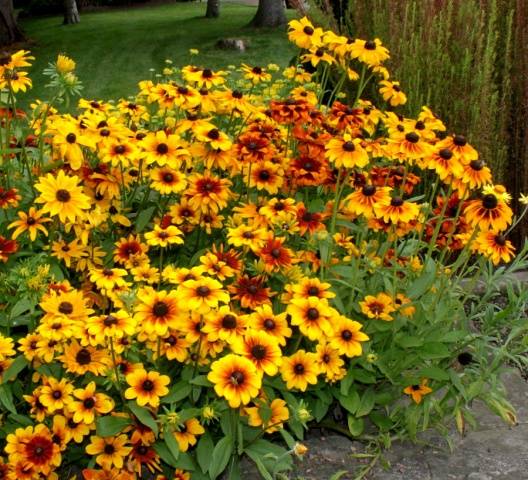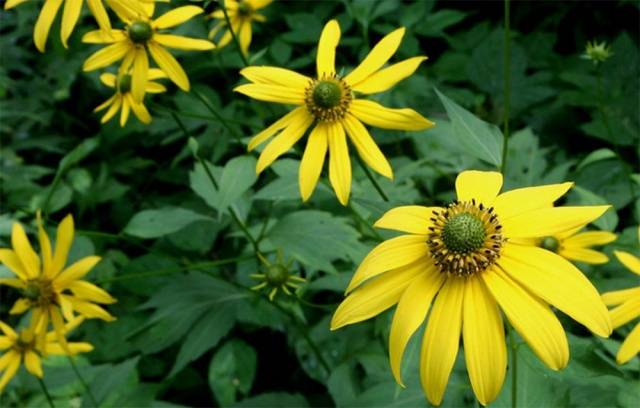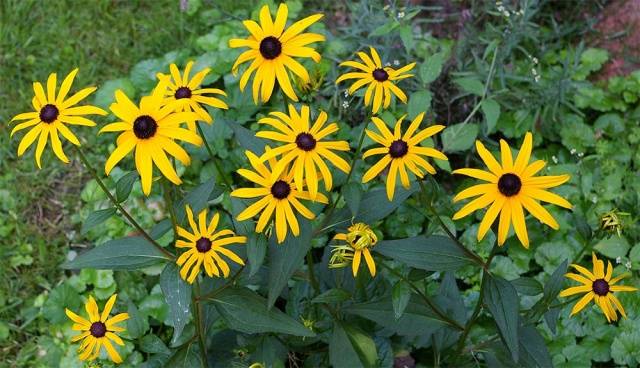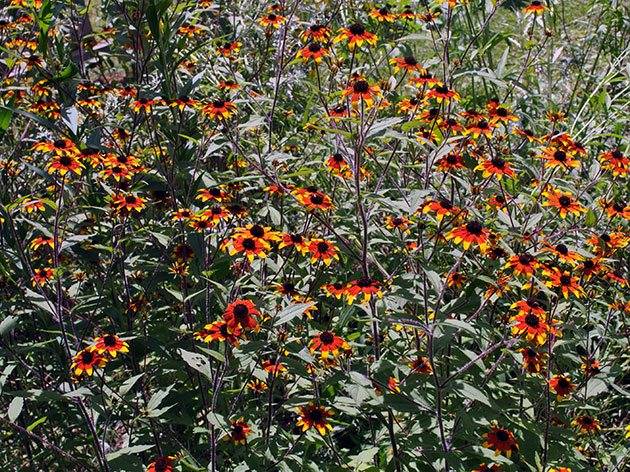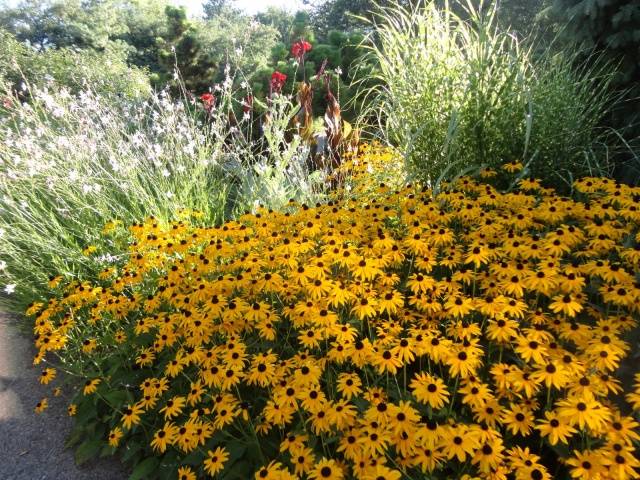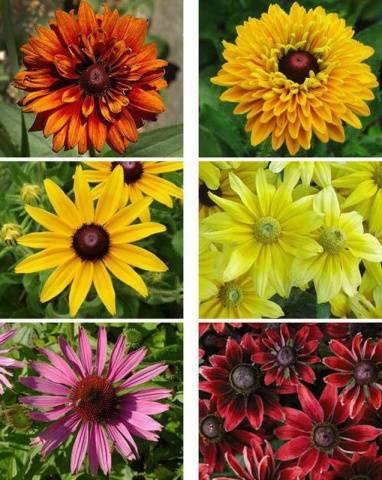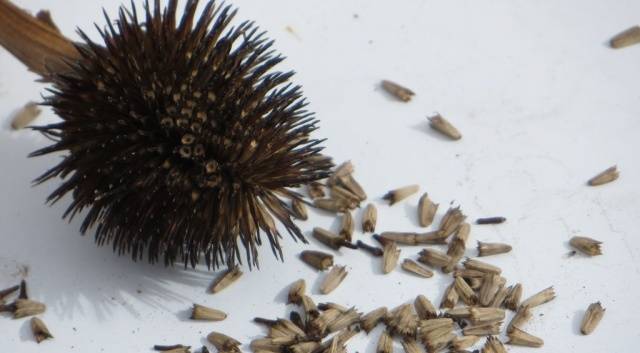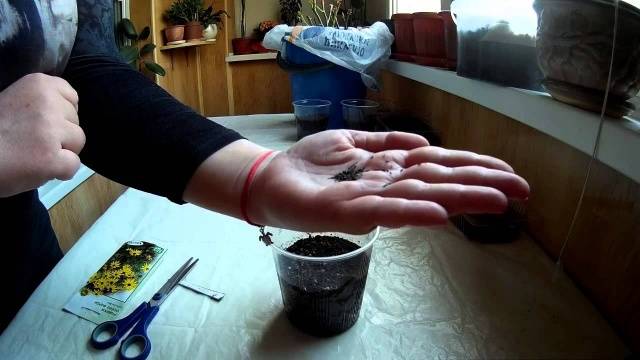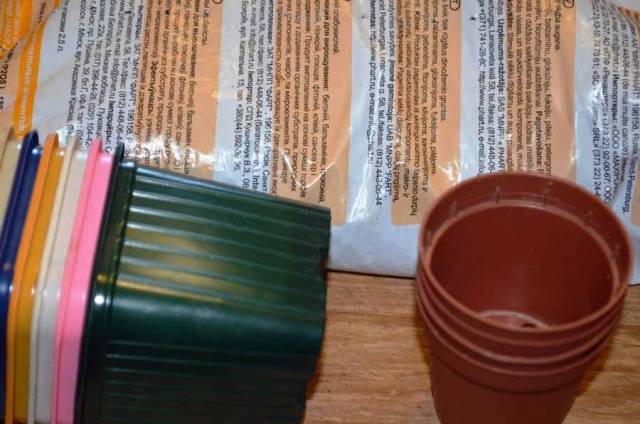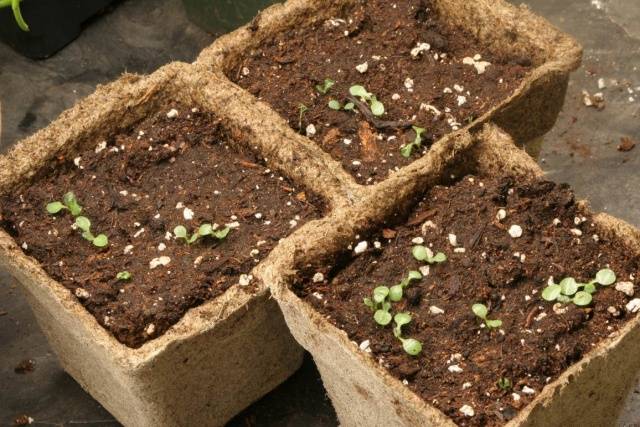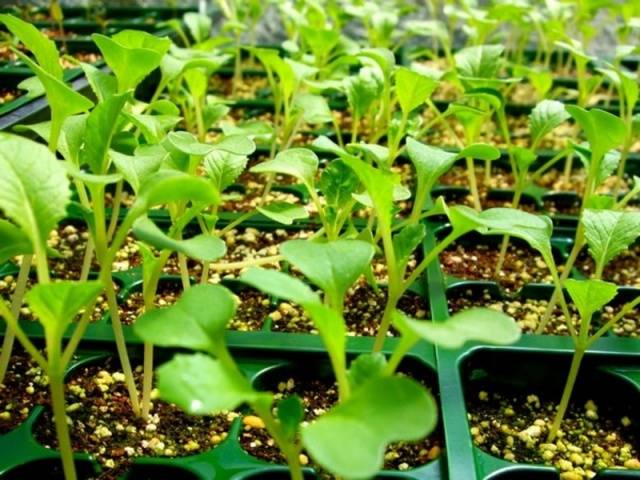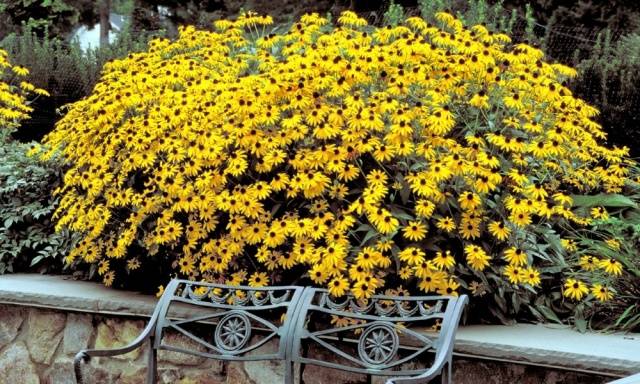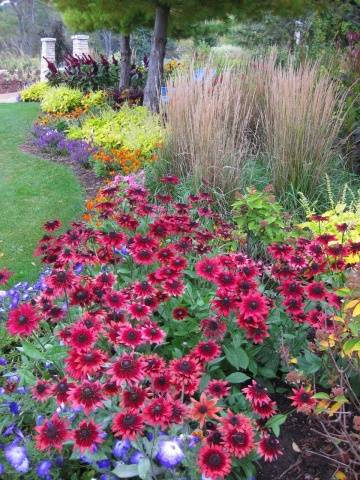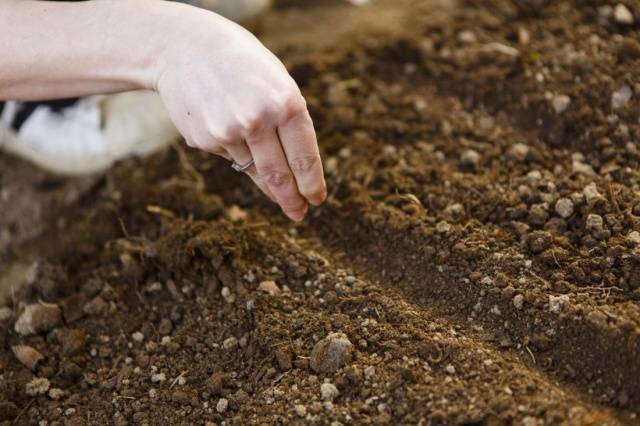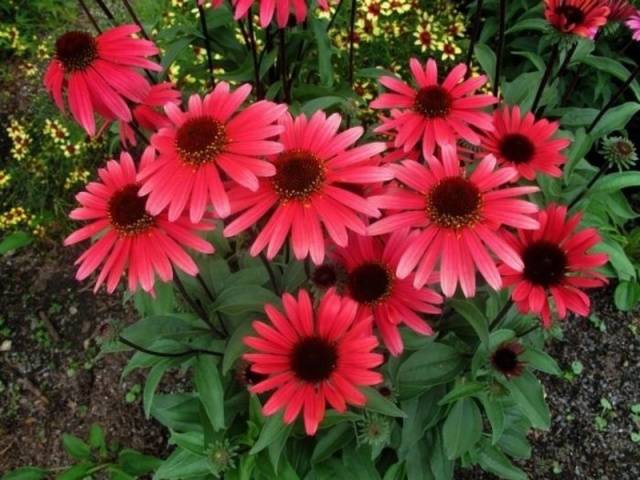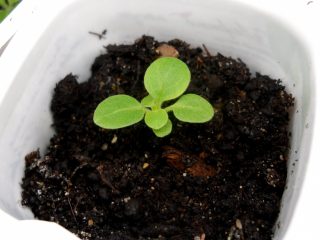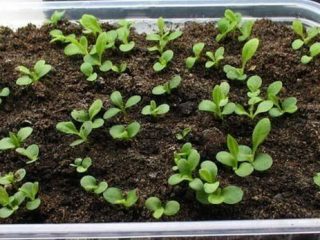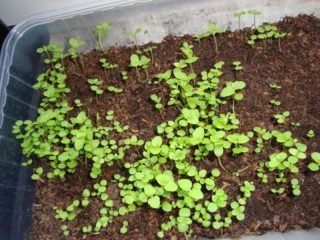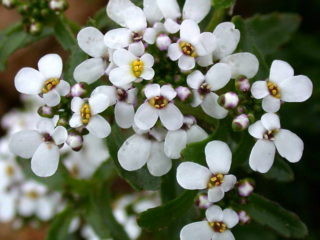Content
Having moved to North America, the Europeans immediately noticed bright flowers with a black center growing in the forests. They named the plant "Suzanne's Black Eyes" and began to grow it in their gardens, gradually cultivating and developing new varieties. Once in Europe, the flower was named "rudbeckia", in honor of a famous botanist. Since then, the plant has managed to gain popularity in almost all countries of the world, rudbeckia is constantly being bred and new varieties and hybrids are being developed. There are both annual flowers and varieties with a life span of two or more years. The main advantage of rudbeckia is its unpretentiousness and ease of reproduction.
This article will be devoted to how to grow an annual rudbeckia from seeds, when to plant perennial varieties and how to care for these flowers. Also here will be told about the most famous plant varieties and a brief description of the species.
Plant characteristic
Rudbeckia is very actively used in the design of gardens and plots, landscape designers love it, the flower is suitable for drawing up flower beds, framing fences and hedges, bright inflorescences well emphasize the beauty of buildings.
Among the annual and perennial species of rudbeckia, there are many varieties that differ in the color of the inflorescences and the height of the stems. Usually the plant height varies from 30 to 100 cm, but there are also giant varieties that grow more than a meter.
The stems of rudbeckia are herbaceous, tough, covered with a small downy. The leaves are also pubescent, carved, medium-sized and dark green in color. The inflorescences are quite large, in some varieties the diameter of the flower can exceed 15 cm. The shape of the inflorescence is simple, the petals are arranged in one row.
The most expressive feature of rudbecki is their variegated coloring, these flowers can be painted in:
- uniform yellow shade;
- Orange;
- golden yellow color;
- red;
- red brown;
- various shades of brown.
There are rudbeckia with inflorescences of other shades, but they are quite rare and belong to expensive elite varieties.
Common species and varieties
Rudbeckia is usually classified into groups of annuals and perennials. Each group has several species and dozens of varieties, all of which have distinctive features.
The most famous types of rudbeck in Russia:
- Enveloping. It is an annual plant that blooms from early summer until the first frost. It got its name from the petals drooping down, as if encircling a powerful stem. The leaves of this variety are large, the flower baskets are also pleasing in their large size - the plant looks very impressive in group plantings.
- Shaggy the black-eyed beauty can be grown both as an annual and as a biennial plant. This species can also be called hairy. A feature of such flowers is the remarkable height of the bush - almost all varieties reach more than a meter in height. The inflorescence baskets are colored deep yellow, and their centers are brown.
- Dissected perennial rudbeckia, it blooms from July to August. The most common variety is the Golden Ball.
- Glossy the variety also belongs to perennials. It blooms from early July to late August.You can recognize flowers of this type by the clarified center.
- Haveshiny rudbeckia, on the contrary, the center of the flower is colored in a darker shade compared to the edges.
- Sungazer the variety grows in the wild, but can also be grown in gardens. It is a perennial plant with smaller flowers.
Popular varieties of annual rudbeky:
- Golden Ray;
- Amber;
- Marmalade;
- Cherry Brandy (rare variety with carmine red flowers);
- Mocha.
All of these varieties are propagated by seeds, which a florist can purchase at a flower shop or collect on his own from his flower beds.
Reproduction of annuals
Unlike perennials, all annual flowers can be propagated exclusively by seed. And hereThere are two ways of growing: seedling and planting seeds in the ground.Both of these methods are successfully used by Russian growers, but each of them has its own rules and characteristics.
Reproduction of flowers by seedlings
Planting rudbeckia seedlings is a troublesome business, but it guarantees a good result. Usually, flower growers from the northern regions of the country or those who grow especially valuable varieties of flowers resort to the seedling propagation method.
To determine when to sow rudbeckia for seedlings, it is necessary to take into account the climate in a particular region of the country. By the time the plants are transferred to the ground, the air temperature should stabilize, and several true leaves should appear at the seedlings themselves.
Experienced flower growers recommend sowing seeds of "black-eyed" flowers in spring, because in February there is still too little sunlight - this can lead to stretching of seedlings
The optimal time for sowing rudbeckia seeds is late March or early April. Then it will be possible to transfer the seedlings to the ground in the last days of May or at the beginning of June, when the threat of frost has completely passed.
Preparation and sowing
Flower seeds collected at home must be prepared for planting. Purchased planting material, as a rule, has already passed all the necessary stages of preparation and appropriate processing.
The most important thing is to restore the water balance of the flower seeds. For this, the planting material must be placed in water at room temperature and kept for about 15-20 hours.
For convenience, before sowing, small flower seeds are mixed with dry river sand. The soil for seedlings of rudbeckia is the most common: a universal purchased substrate or a mixture of peat and garden soil prepared on your own is suitable. The soil is preliminarily disinfected in any way: it is watered with a solution of potassium permanganate or copper sulphate, calcined in the oven or frozen on the street.
Sowing rudbeckia seeds for seedlings is done as follows:
- Seedling containers are selected: plastic containers, wooden boxes, flower pots or peat cups.
- The seedling containers are filled with the substrate.
- The land must be watered a day before sowing seeds.
- Small grooves are made in the ground and rudbeckia seeds are evenly spread in them.
- Now you need to sprinkle the seeds with a thin layer of soil, the thickness of which does not exceed 2-3 mm.
- Cover the containers with plastic wrap and place them in a dark place with a temperature of about 16-20 degrees.
Before germination, the rudbeckia is not watered - a humid microclimate must remain under the film.After two weeks, green sprouts should appear - at this time, the film must be removed and the containers must be placed in a lighter place with room temperature.
Seedling care
It is very easy to care for flower seedlings. After germination, rudbeckia needs regular watering, therefore, the soil should not be allowed to dry out; the seedlings should be constantly irrigated using a spray bottle.
10-14 days before transplanting to a permanent place, the seedlings of rudbeckia begin to harden, taking them to the balcony, veranda or opening a window. At the same time, you can feed the flowers with a mineral complex.
Landing in the ground
The second way to grow flowers is by sowing seeds directly into the ground. This method is most often used by domestic flower growers, because the germination of rudbeckia seeds usually goes well.
Here are just sowing seeds of "black-eyed" flowers need a little different from everyone else. The fact is that mid-summer is considered a suitable time for sowing rudbecky - the period from the end of June to the twentieth of July. Therefore, the plants will begin to bloom only a year later - next summer..
The advantage of this planting is its simplicity, because the grower does not have to fiddle with the seedlings. But there is also a significant disadvantage: rudbeckia from seeds will begin to bloom only next year, which significantly complicates the design of flower beds and flower beds with the participation of this plant.
Sowing seeds into the ground is carried out as follows:
- the soil is preliminarily loosened and mineral fertilizers are added to it;
- then shallow grooves (1.5-2 cm) are made at an equal distance from each other;
- evenly spread the seeds of the rudbeck, maintaining the same interval as when planting seedlings in the ground;
- sprinkle flower seeds with a thin layer of dry soil;
- spray the plantings with a spray bottle.
Now you need to take care of young plants: remove weeds, weed the aisles and loosen the soil, regularly water the flowers and thin them out for better development. It is also recommended to feed the rudbeckia with complex fertilizers at least twice a summer.
By autumn, the plants should form a strong rosette of leaves. Rudbeckia needs to be prepared for winter: cut the rosette to the root and mulch the ground with a five-centimeter layer of peat. In the spring, young shoots will hatch, and in June the rudbeckia will begin to bloom.
Reproduction of perennial varieties
Perennial rudbeckia, unlike annual, is recommended to grow only by sowing seeds in the ground.It is also necessary to sow: at the end of May or in June, when the soil warms up well.
Autumn, fully formed rudbeckia bushes must be dived, planting them in a permanent place. After that, the flowers are pruned and mulched so that the roots do not freeze over the winter.Plants will begin to bloom as early as next summer, and 3-4 seasons will consistently delight with their lush color.
Conclusion
Rudbeckia is an unpretentious and very colorful flower that is easy to grow and even easier to care for. Photos of flowers are full of bright colors, flower beds with this plant look picturesque and rustic, which is quite consistent with the trendy country trends today.
Rudbeckia is grown from seeds, which you can easily collect yourself or buy at any flower shop.
